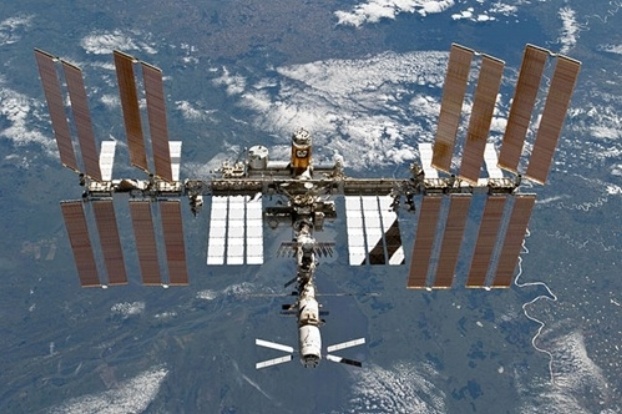BUFFALO, NY – February 17, 2016 – Recently, NASA Technology published an in-depth article of its 2010 validation of Sentient Science’s DigitalClone® software in its NASA SPINOFF magazine titled, DigitalClone® Software Predicts, Extends Machine Life.
Sentient Science understands on a microstructural level how friction causes cracks to initiate inside the material components of machines. Those cracks propagate into pits or spalls, which lead to machine failure.
In 2001, Sentient Science accepted its first round of Federal funding from the Defense Advanced Research Projects Agency (DARPA) to create a tool to predict the lifespan of a machine component. The team of materials scientists, led by Dr. Nathan Bolander, spent 10 years assembling data consisting of material performance from manufacturers, researchers, the military and from conducting their own physical testing. The team used the compiled data and their knowledge of machines and the gearbox to build physics-based models of machine components for computational testing to accurately predict with certainty when machine components will fail over its lifespan.
In 2010, Sentient won a Small Business Innovative Research (SBIR) contract to validate its software against 30 years’ worth of physical data, starting in 1980 (time zero), that Glenn Research Center, a division of NASA, compiled on a spur gear for helicopter drivetrain research. The Sentient Science team was given nothing but the information known at time zero. The DigitalClone software then ran its simulations 30 years into the future, and within a short period of time, the results showed that the data correlation between DigitalClone® and the years of physical testing were a near-perfect match.
“That was a pivotal moment in our history, because it led to four years of validation testing for the largest OEMs and operators, including GE, Timken, SKF, Boeing, Sikorsky, John Deere and Bell,” said Ward Thomas, Sentient Science’s Chief Executive Officer, noting that DigitalClone Live can be applied to the energy, transportation and aerospace industries.
Although NASA did the initial validation of DigitalClone five years ago, NASA did not publicly go into detail of its validation until 2015 when the company proved commercial success, because of the proprietary nature of the software technology. To date, Sentient has captured 17,000 wind turbines worldwide and recently leveraged venture capital funding to expand into the European and Chinese markets.
NASA’s stamp of approval has facilitated the acquisition of additional government funding to continue adding to Sentient’s library index of machine components and for entrance into new markets. In 2014, Sentient was honored at the White House with the Tibbetts Award, the highest technology award given by the U.S. Small Business Administration.
“NASA stands behind technology invented by small businesses, and we are honored to be a part of that class. The fact that our software is still being talked about by NASA’s technology transfer program speaks volumes to the incredible team we have here,” said Thomas. “We are a trusted third party who works with operators, suppliers and OEMs. We believe that what is best for the operator is best for the supplier and OEM. In 2016, we’re applying our DigitalClone Live life extension solutions across three levels of visibility. Our short term Asset Imminent Death product that provides solutions on how to execute the Remaining Useful Life of assets already in failure modes. A mid-term 3 month to 5 year rolling forecast into the health of the asset components, and a 5 to 30-year long term forecast of the major systems and components that can be used to leverage lower warranty costs.
To read NASA’s article, click here.
